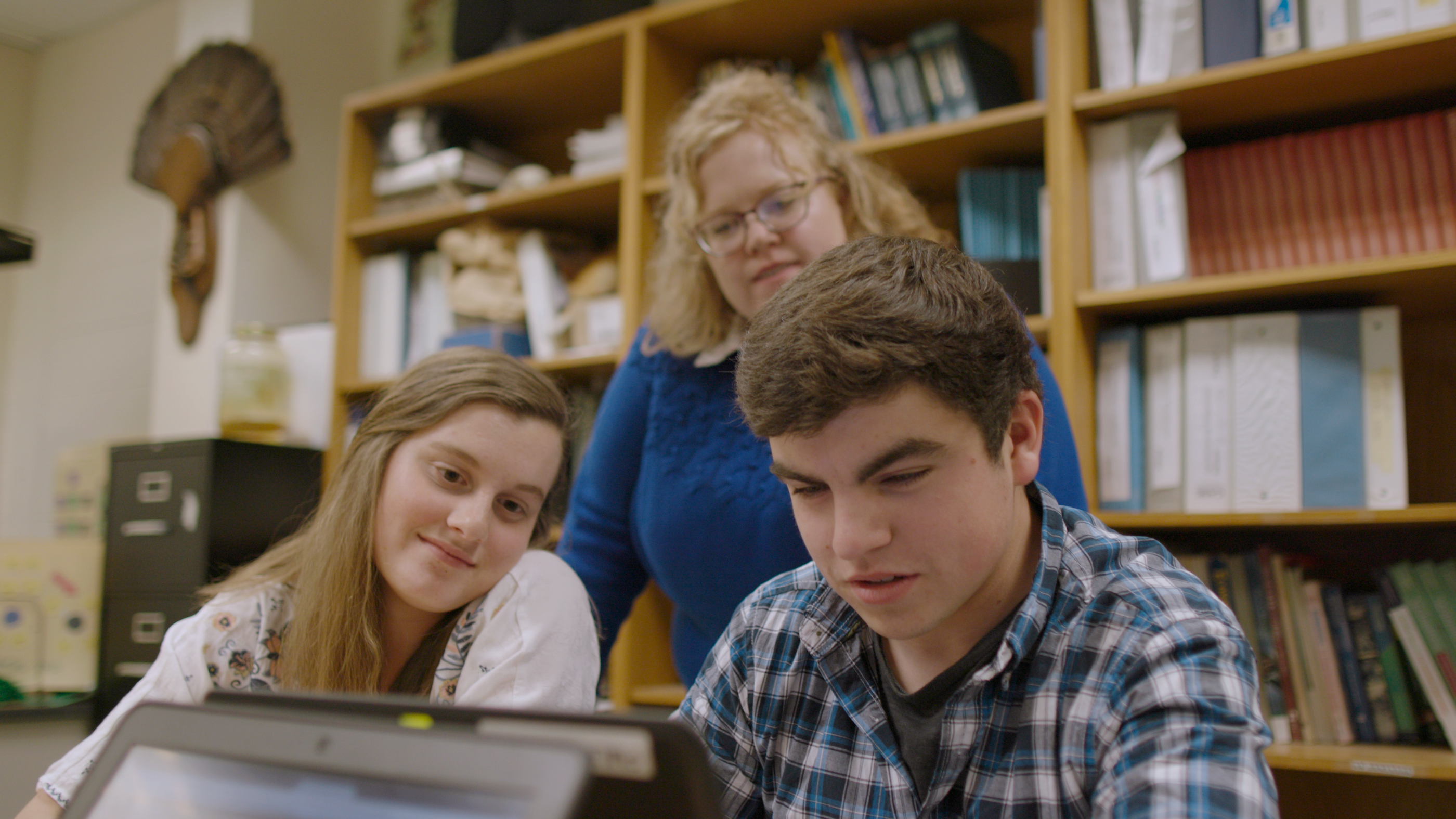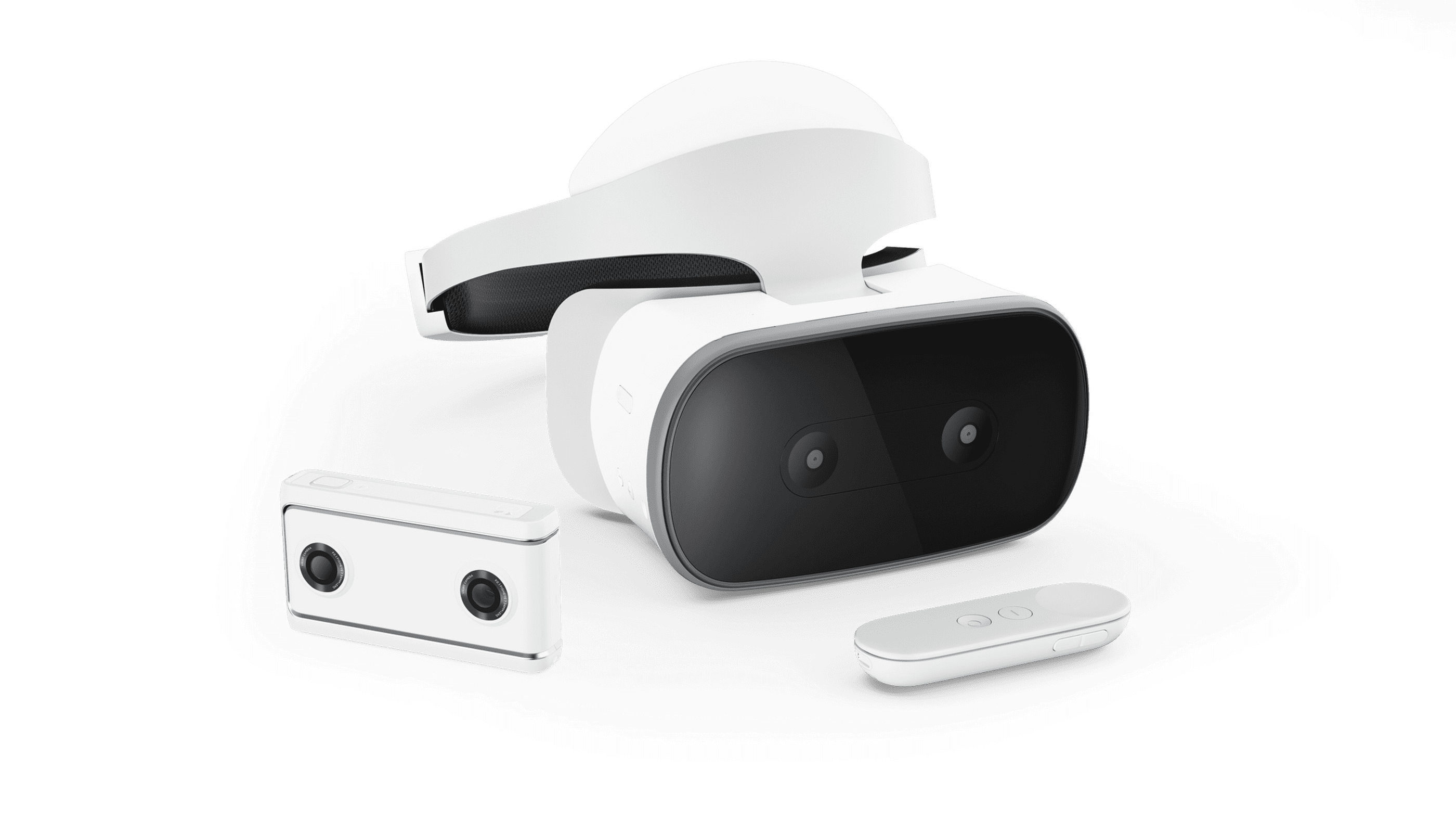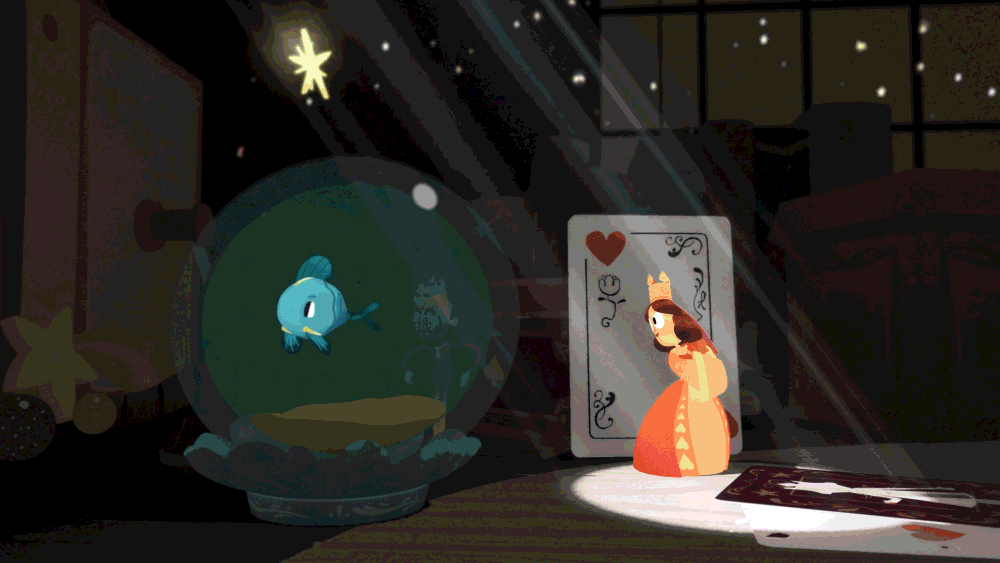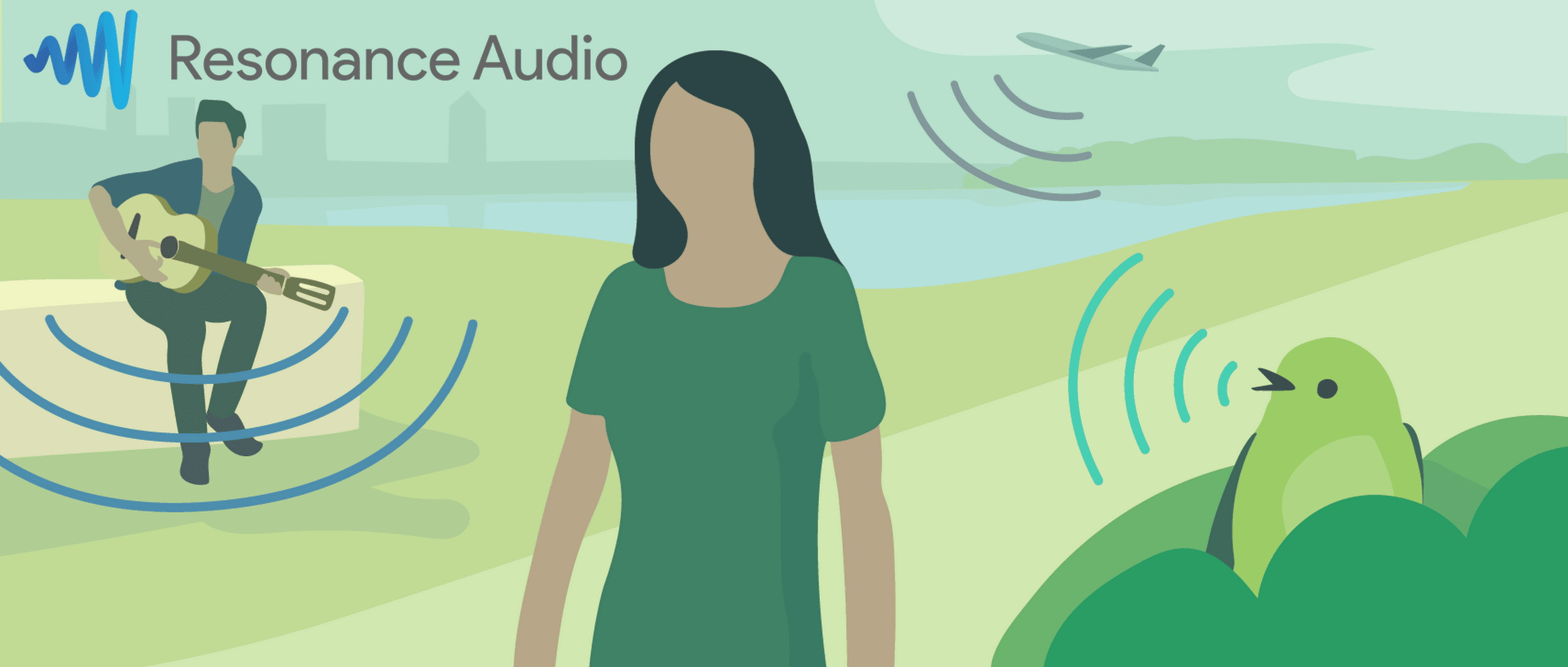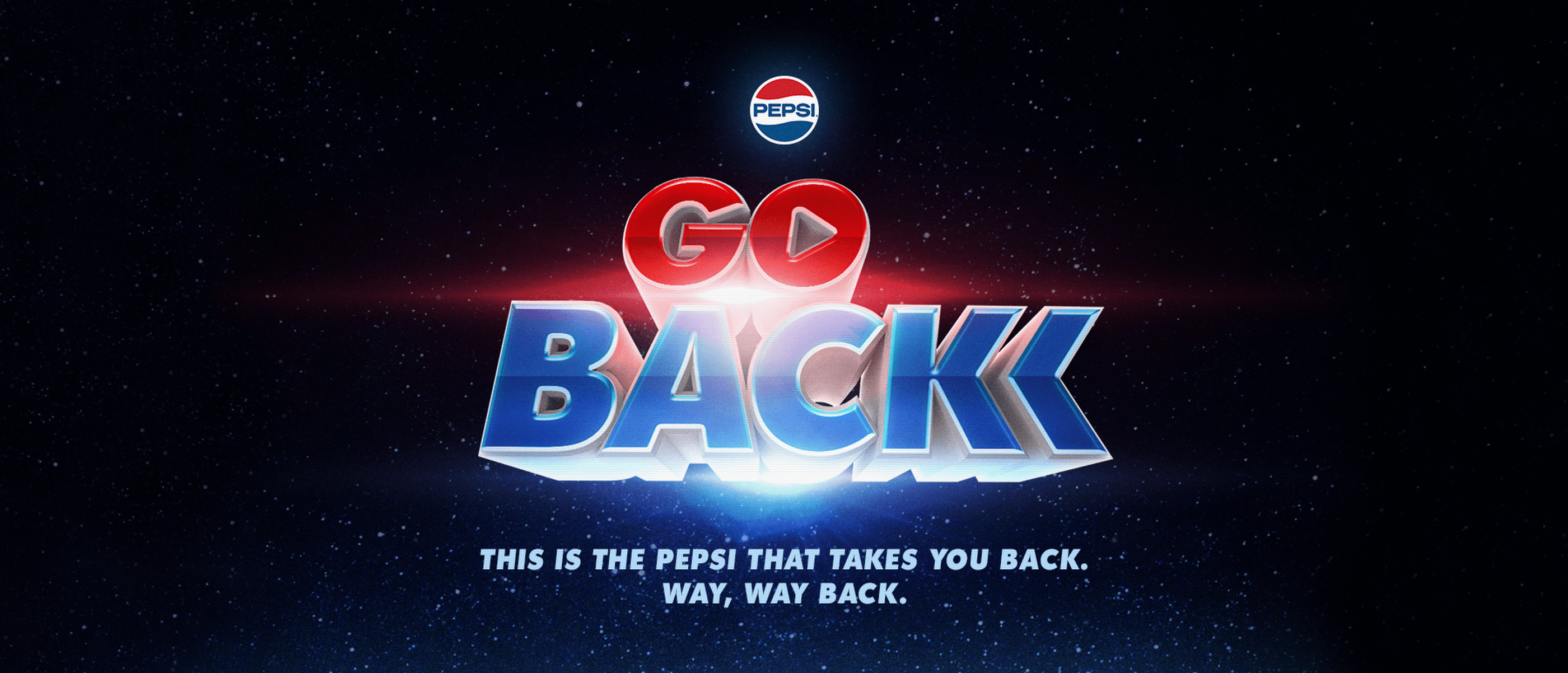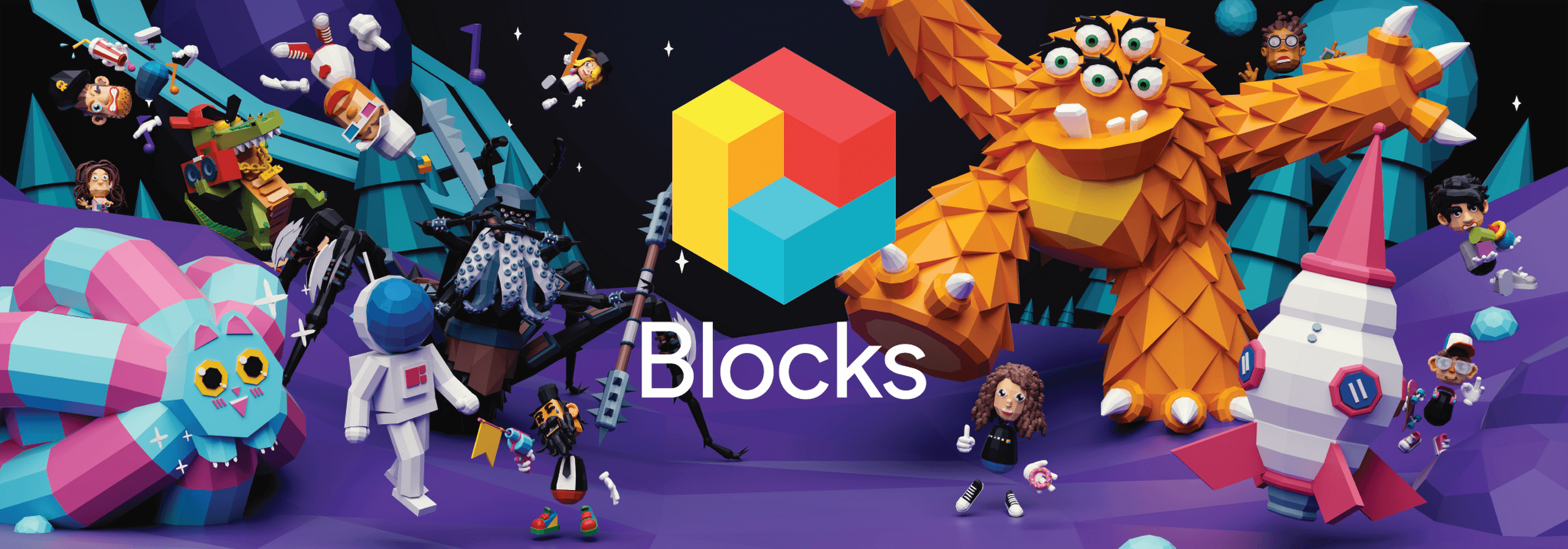In a galaxy far, far away, the Mandalorian and the Child continue their journey, facing enemies and rallying allies in the tumultuous era after the collapse of the Galactic Empire. But you don’t need a tracking fob to explore the world of the hit STAR WARS streaming series. Google and Lucasfilm have teamed up to bring iconic moments from the first season of “The Mandalorian” to life with “The Mandalorian” AR Experience (available on the Play Store for 5G Google Pixels and other select 5G Android phones) as fans follow the show’s second season. (Check your phone to see if it meets app requirements.)
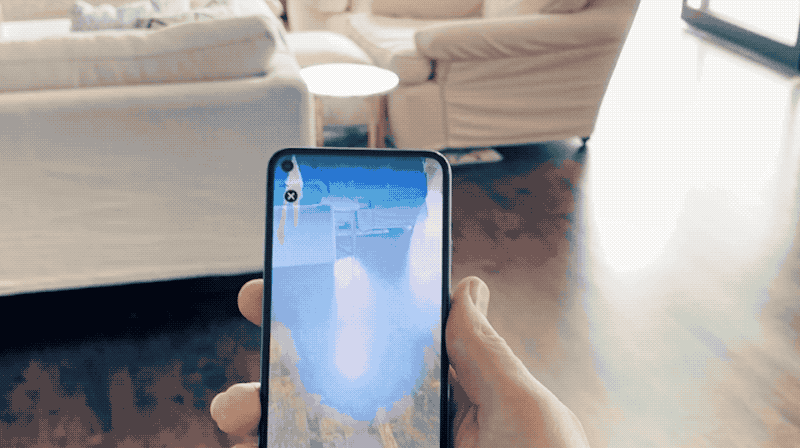
From dinosaurs to astronauts, Google has been bringing objects and creatures to life with augmented reality. Now, people using compatible Android 5G devices can interact with heroes from the Mandalorian in their own space.
“The Mandalorian” AR Experience puts you in the shoes of a bounty hunter following the trail of Mando himself, Din Djarin and the Child. Explore the world of “The Mandalorian,” interact with characters in augmented reality and capture your very own scenes to share with friends.
To create this original experience, Google, Disney and Lucasfilm worked together to imagine a next-generation augmented reality app optimized for 5G devices. Our teams collaborated to build hyper-detailed models and life-like animations—all while packing scenes with fun surprises.
UsingARCore,Google’s developer platform for building augmented reality experiences, we created scenes that interact with your environment and respond to your surroundings. You can discover and unlock even more effects based on your actions. And thanks to the new ARCore Depth API, we also enabled occlusion, allowing 3D scenes to blend more naturally with our world.

New content will keep rolling out in the app each week onMando Mondays, so stay tuned—and Pixel owners should keep an eye out for additional exclusive content outside of the app as well.
Lucasfilm, the Lucasfilm logo, STAR WARS and related properties are trademarks and/or copyrights, in the United States and other countries, of Lucasfilm Ltd. and/or its affiliates. © & ™ 2020 Lucasfilm Ltd. All rights reserved.
Bring iconic moments from the first season of “The Mandalorian” to life with “The Mandalorian” AR Experience.
Website: LINK

